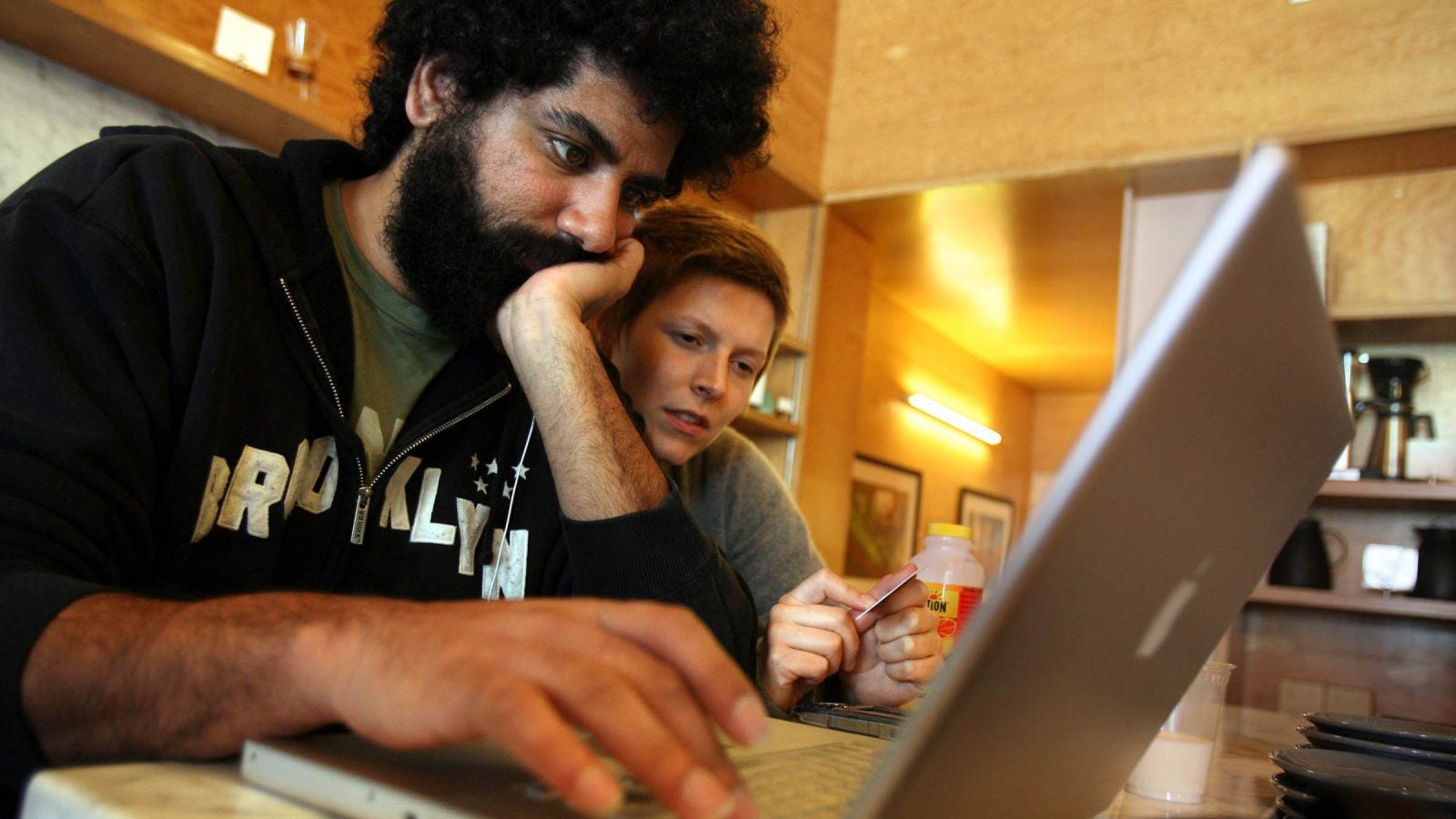Three simple techniques to help you stop stressing so much over email
When I’m doing email triage, I often feel as if I’ve fallen into a trance. Every so often, I’ll look up from the screen and think, Whoa—was I even breathing just now?


When I’m doing email triage, I often feel as if I’ve fallen into a trance. Every so often, I’ll look up from the screen and think, Whoa—was I even breathing just now?
It turns out that I have email apnea—a term coined by former tech executive Linda Stone that refers to the habit of interrupted breathing while checking email. In observing others informally, Stone noticed that a lot of people unintentionally hold their breath or breathe shallowly when starring at a screen.
If that’s not a good indication of contemporary society’s unhealthy relationship with email, I don’t know what is. But there are steps we can all take to reduce our body’s stressed-out reactions to a full inbox.
The psychology of inbox stress
The theory of operant conditioning describes how our behavior is shaped by rewards and punishments. If I’m a lab rat, and every time I press a button in my cage I receive an electric shock, guess what? I’ll learn to stop pressing that button. Likewise, if I get a treat when I press the button, I’m more likely to do it again and again.
One of the most surprising findings of this theory is that if you want to train an animal, rewarding them consistently for the correct behavior is not the best way to do it. What’s more effective is to only give the animal a reward sometimes, at random intervals—a principle known as intermittent reinforcement.
Intermittent reinforcement drives our modern technology habits. We never know for sure when a new message will come into our inbox, or if it will be positive, negative, or a discount offer from Old Navy.
Intermittent reinforcement explains why checking email can feel like a game of emotional roulette. Will 50 new messages be awaiting this morning? An email from your boss with feedback on your latest project? Ding, ding, ding! It’s a one-liner from your partner saying “We need to talk.”
Not only can hyper-connectivity hijack us psychologically, it affects us physiologically as well. In fact, email changes the way we perform one of the most basic and essential human functions: breathing.
Waiting to exhale
You’re probably sick of your yoga teacher telling you to “focus on your breath,” but it’s for a good reason: Proper breathing bolsters the immune system and regulates stress. So why do some people hold their breath when they’re rooting through the inbox?
Bad posture plays a part: When we’re hunching over our phones and computers, it’s impossible to fully inhale and exhale. But psychological factors, including intermittent rewards, uncertainty, and anticipation, also contribute to the phenomenon.
And so our bodies respond to email as if we are facing a threat. One study found that people’s stress levels were significantly higher if they checked their inbox throughout the day, whereas those who limited their email use reported less stress and higher levels of well-being, including feeling happier and more socially connected to others.
Here are a few ways to create a more mindful relationship with email:
Become an observer
Email apnea is mostly unconscious, so you can short-circuit its effects by becoming more aware of your thoughts and actions before you tackle your inbox. Ask yourself the following questions:
- How tense are you on a scale of one to ten? Are you hungry, angry, lonely, or tired? Tend to your physical needs first.
- Check your posture. Are you slumping over? Sit up straight or stretch out.
- Note the types of emails or tech-related tasks that lead you to hold your breath. Are there certain senders or topics that lead to breath holding more than others?
Knowing your patterns can help you get a handle on anxious feelings before they go too far. For example, if finances are stressful for you, filter digital bank statements to skip the inbox so that they don’t trigger you and send your entire day off track. Then, pick a time to process all the emails in that folder—one where you’re most likely to feel calm and undistracted, such as a Sunday afternoon.
Take breath breaks
Each time after you hit “send,” use box breathing—a time-tested technique used by Navy SEALS. It is designed to be done in quiet, controlled settings, making it easy to practice on the subway, at the office, or anywhere else where you want your mindfulness efforts to remain inconspicuous.
Box breathing, also known as a “four square breathing,” is very simple.
- Breathe in for four seconds
- Hold air in your lungs for four seconds
- Exhale for four seconds
- Hold your breath, lungs emptied, for four seconds.
You can also experiment with other breath control training such as diaphragmatic breathing or alternate nostril breathing. Mix it up. See what works for you.
Practice good email hygiene
To prevent email from taking over your life, you need to have clear priorities and guidelines. Write down any new boundaries you want to put in place. This could include shutting down all devices after 10 pm or deciding to check your email only twice a day, for instance.
Let’s face it, it’s unrealistic to go without email for very long. Instead, strive to find a happy medium. Your body (and your sanity) will thank you.